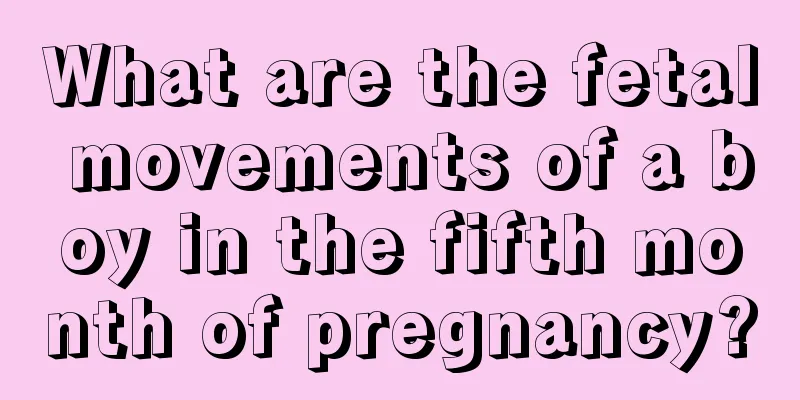How long after menstruation is the ovulation period

|
Generally, the ovulation period is far away from women's menstruation, so calculating the ovulation period is also quite complicated. For female friends, knowing clearly the time of their ovulation is actually very beneficial to their body, because it can effectively prepare for pregnancy and prevent pregnancy. And during the ovulation period, you can also prevent your diet from affecting the quality of your eggs, so how long after menstruation does it usually take for women to ovulate? How many days after menstruation is ovulation A woman's ovulation period is closely related to her menstruation. Both have a cycle of one month, and ovulation usually occurs between two menstrual periods. Although women's menstrual cycles vary in length, the interval between ovulation and the start of the next menstruation is relatively fixed, usually around 14 days. Therefore, the most common practice is to use the menstrual calculation method to calculate the ovulation period. So how do we calculate it specifically? Let’s find out. For women with normal menstrual cycles, the ovulation day is generally calculated from the first day of the next menstrual period. Counting down 14 days or subtracting 14 days is the ovulation day. The 5 days before ovulation, ovulation day, and 4 days after ovulation, the sum of these three times is the ovulation period. For example, if the menstrual cycle is 30 days, and the first day of this menstruation is September 1st, then the next menstruation will be October 1st. Counting back 14 days from October 1st, September 17th is the ovulation day. The ovulation period is 5 days before ovulation, ovulation day, and 4 days after ovulation, which is the ten days from September 12th to September 21st. For women whose menstruation is not very regular, they can also use the menstrual calculation method to calculate the ovulation period. Although the calculation is a little more laborious, it is worth it for the future baby. At this time, the ovulation period is calculated as follows: the first day of ovulation = the shortest menstrual cycle minus 18 days; the last day of ovulation = the longest menstrual cycle minus 11 days. For example, the shortest menstrual period is 28 days and the longest is 37 days. The shortest regular period is subtracted by 18 (28-18=10) and the longest regular period is subtracted by 11 (37-11=26). Therefore, the ovulation period is from the 10th day to the 26th day after the menstrual period. |
<<: How to calculate the ovulation period to determine the gender of the baby
>>: Ovulation period mood swings
Recommend
Can pregnant women smell moxa sticks?
Pregnant women cannot perform moxibustion casuall...
What causes armpit pain in girls?
Armpit pain is a very distressing thing. For pati...
Why is 2020 a leap year not suitable for marriage? What is the saying about getting married in 2020 a leap year?
The leap year of 2020 is April, which is not suit...
Does uterine septum need treatment?
For female friends, the uterus is a very critical...
Why do I feel so sleepy when I have my period?
We feel sleepy in spring, tired in autumn, nap in...
The difference between primer and BB cream, don't confuse them again
BB cream and primer are both commonly used cosmet...
How to quickly gain weight for women
Many modern women are very sensitive to fat. Beca...
Will vulvar furuncle heal on its own?
Some diseases can actually be cured by our body&#...
What will happen if you have fungal infection?
Mold is a relatively common fungus, and the sympt...
117 Epidemic Observation | Yan Ning·Prin·Ⅱ
The storm is coming, New Jersey has a curfew~ Wri...
What are the causes of gynecological infections?
Gynecological diseases are common clinical diseas...
How long will it take to give birth if the contractions are 3 minutes each
Uterine contraction is the contraction of the ute...
What harm can leucorrhea that looks like tofu residue cause?
Abnormal leucorrhea is one of the most widespread...
Can I eat snake gourd during my period?
Lingling is usually very afraid of heat in the of...
Can women with high testosterone levels reduce their own testosterone levels?
Many people don't know what role testosterone...









